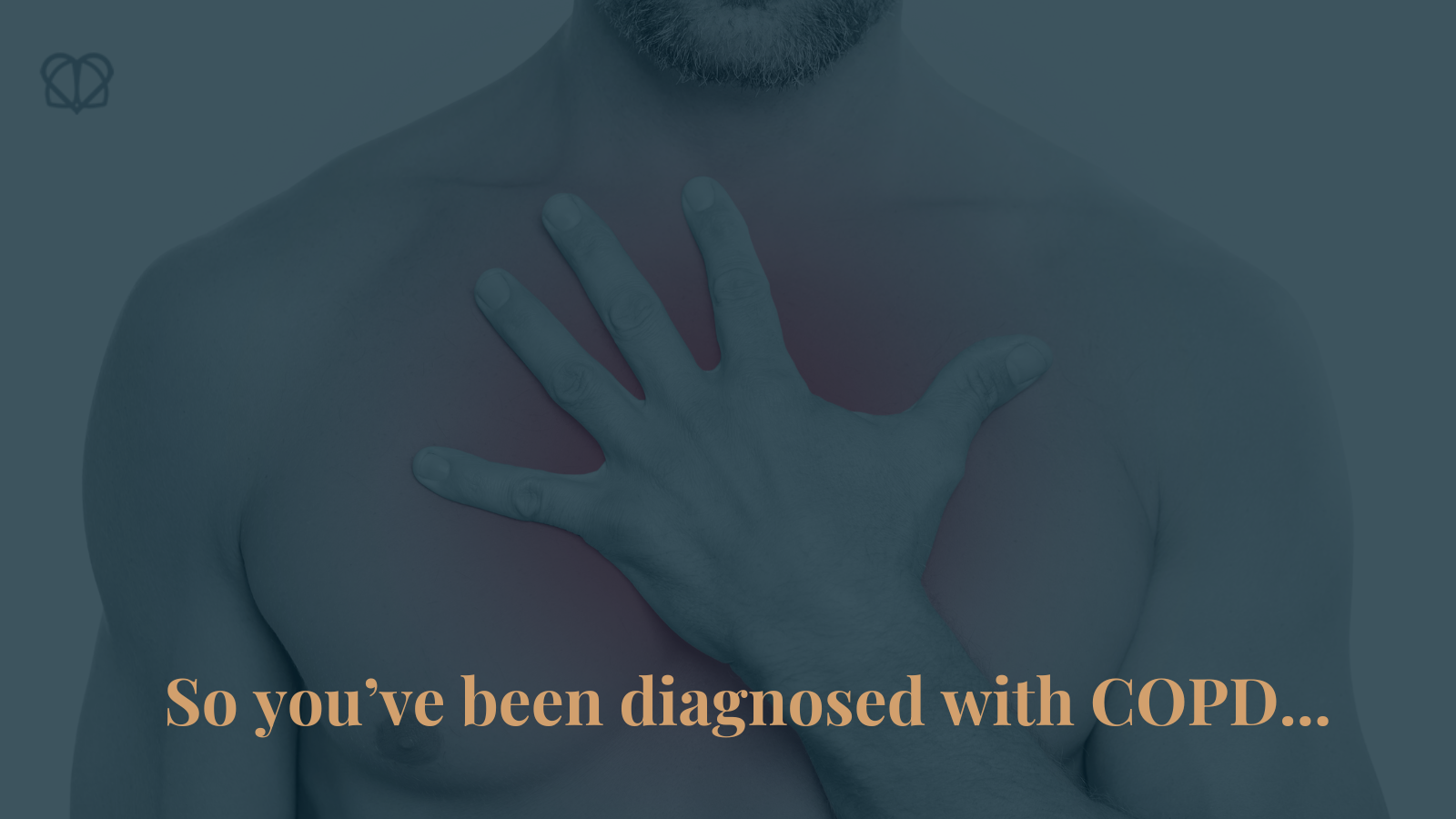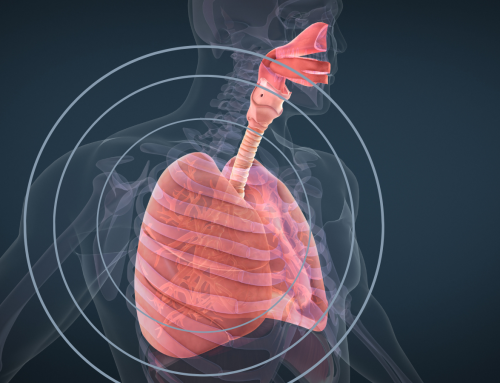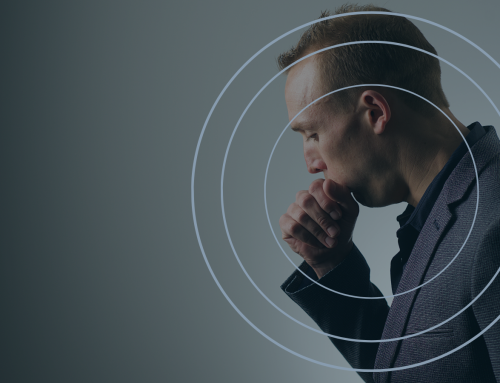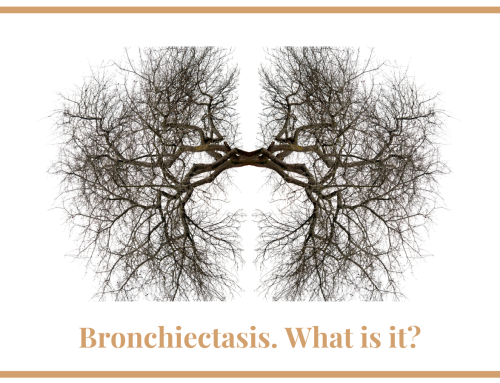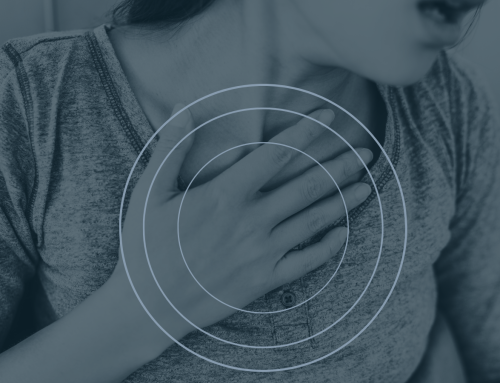Being diagnosed with COPD can be overwhelming. But with lung disease now being the third biggest killer in the UK, it’s more important than ever that patients are correctly diagnosed as quickly as possible. This helps ensure the right care and support are in place to enable them to start managing their condition.
Let’s take a moment to look at COPD in more detail – what it is and why it happens.
What is COPD?
COPD or Chronic Obstructive Pulmonary Disease is the umbrella term used to describe chronic lung diseases including emphysema and chronic bronchitis. In the UK there are around 1.3 million people living with a diagnosis of COPD, and each year around 30,000 people die in the UK from COPD.
Chronic – This means that the disease persists over a long period and is always present. Symptoms may manifest over several years with varying severity, and although it won’t go away, there are a number of steps you can take to limit the progression of the disease.
Obstructive – Airway inflammation, damage to the air sacs (alveoli), and mucus build up all make it more difficult for you to move air in and out of your lungs.
Pulmonary – This means that the disease is located in your lungs.
Disease – COPD is a lung condition which although incurable, the symptoms can be treated to minimise their severity.
What causes COPD?
COPD develops gradually over time, causing a permanent narrowing of the airways and destruction of lung tissue. It is often due to a combination of risk factors
- tobacco exposure – either from actively smoking yourself or through passive exposure to second-hand smoke
- occupational exposure – from dusts, fumes or chemicals in your working environment
- indoor air pollution – mostly affecting low- and middle-income countries with high levels of smoke exposure due to common cooking methods
- early life events – these can include poor fetal growth, prematurity, and frequent or severe respiratory infections in childhood which can have an effect on how your lungs develop
- asthma in childhood
- a rare genetic condition called alpha-1 antitrypsin deficiency, which can cause COPD at a young age.
Symptoms of COPD
- breathlessness – this can be when you’re doing daily activities like housework or climbing the stairs
- a persistent chesty cough with phlegm – often people rule this out as just a “smoker’s cough”
- persistent wheezing
- tiredness
- frequent chest infections
You may find that your symptoms worsen in the winter months so make sure you are aware of what you can do to minimise the risks at that time of the year.
Why respiratory physiotherapy can help COPD
When you’re diagnosed with COPD, you don’t have to simply get used to the symptoms and the restrictions it has on your daily life. Getting the right treatment can help you to breathe more easily, be more active and improve your quality of life. Alongside medical management, respiratory physiotherapy forms an important component of the ongoing management of those with COPD, and it really makes a difference.
In our next blog we’ll be looking at what you can do to ensure you enjoy the best quality of life for your individual circumstances… watch this space! In the meantime, take a peek at our Respiratory Rehabilitation page on our website.
If you’d like to find out more about how we can help or to make an appointment:
email: enquiries@airphysiotherapy.co.uk
call 020 7971 1464

